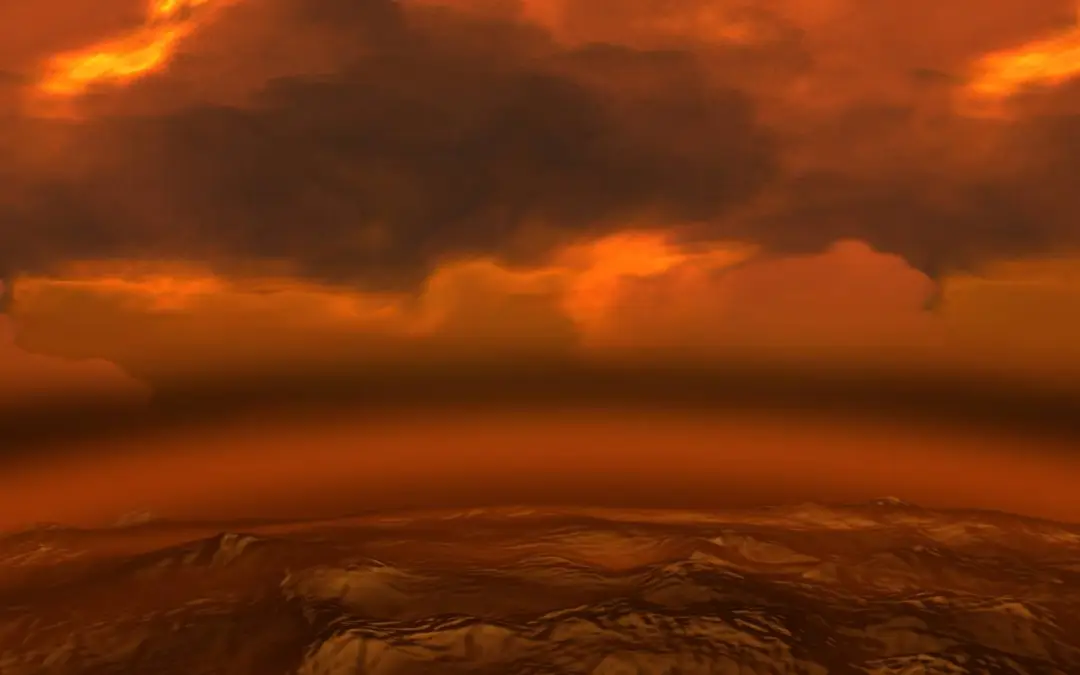According to the research work by Nick Anthony Fiorenza, A Venus Passage occurs when we can see Venus passing directly in front of the sun. This is similar to when the Moon passes in front of the Sun on a solar eclipse. Unlike the Moon, which covers most of the Sun, Venus appears as a small dot crossing the face of the Sun. A passage (technically called a transit) can only occur with the inner planets–Mercury and Venus–because they are the only two that can lie between the Earth and Sun during their orbits.
We are about to experience the first Venus Passage in this millennium. The Venus Passage presently upon us comes in a pair, with each transit in the pair spaced eight years apart. There will be one transit on June 8, 2004 and one on June 6, 2012.
This is a rare once in a lifetime event. In one 243-year Venus Passage cycle, there are two pairs spaced 121.5 ±8 years apart. The last Venus Passage (pair) occurred 129.5 years ago, in 1874 and 1882. The next pair will occur 113.5 years from this one, in 2117 and 2125. Although the transits currently occur in pairs, this is not always the case, sometimes there is only one transit!
Have questions or comments
Please use the form to the side

